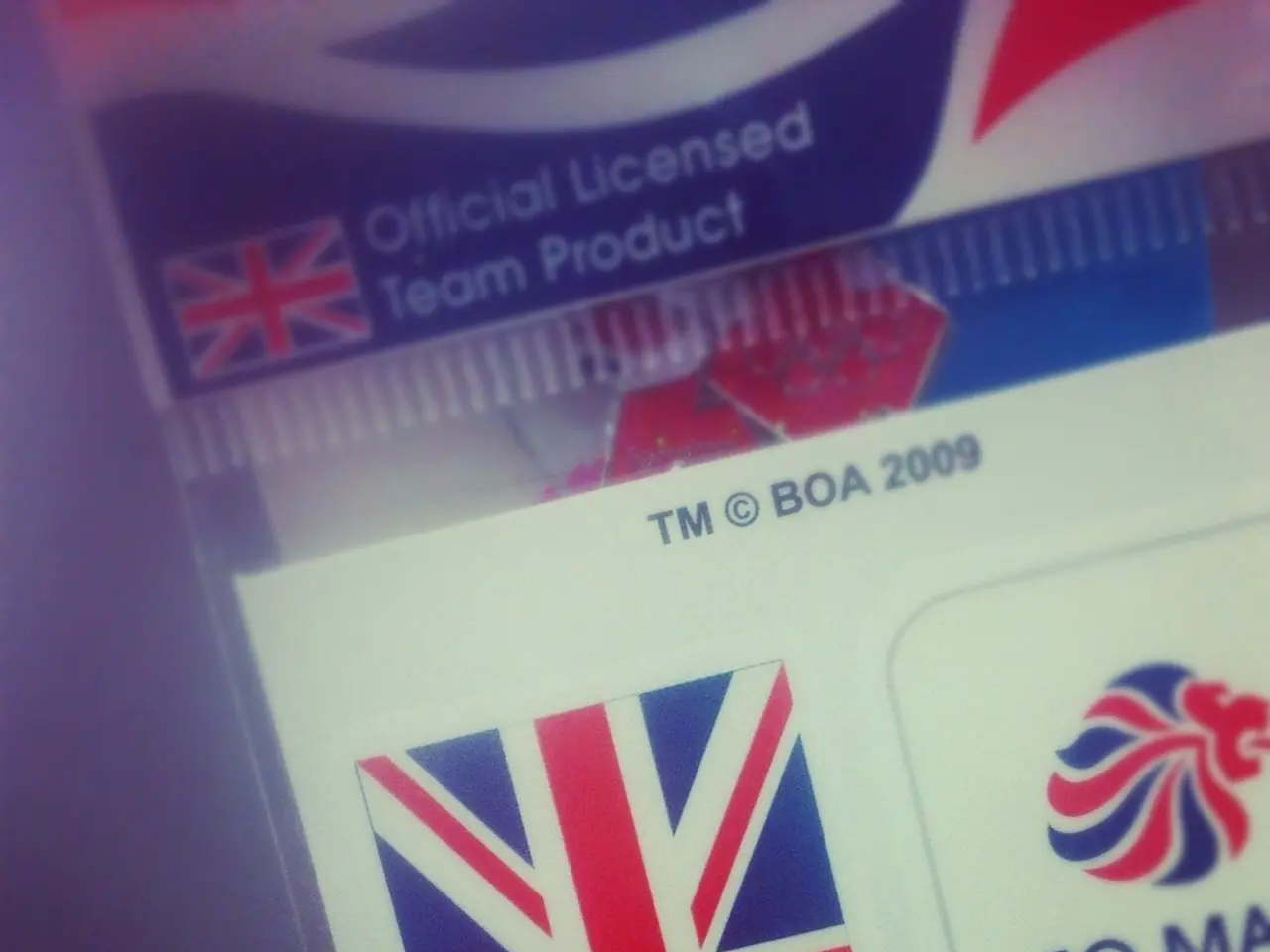Jobs with high demand are now eligible for category-specific visa lotteries and spousal employment visas.
In a move to address the growing labour shortage, the Canadian government has announced that it will prioritize workers in the health care and construction/trades sectors. This decision comes as a response to the high demand for workers in these industries and the country's lowest job vacancy rate since October 2017.
Last month, the federal government issued a cumulative total of 1,000 Invitations to Apply (ITAs) in two health care and social services draws, and the construction/trades sector, but specific NOC codes or occupations have not been disclosed.
The provinces are also taking steps to address the labour shortage. Many provinces are tightening their Provincial Nominee Program and Atlantic Immigration Program to focus on these high-demand sectors. This shift is aimed at attracting more foreign workers to these provinces where employment opportunities may be less abundant, particularly in general or oversubscribed sectors.
The top three most in-demand sectors in Canada as of April 2025 are Health care and social assistance (4.1%), Accommodation and food services (4%), and Construction/trades (3.2%). In the health care sector, various healthcare-related occupations such as dentists, dieticians, medical laboratory technologists, and physiotherapists are eligible for category-based selection under Express Entry. In the construction/trades sector, various trades-related occupations such as bricklayers, carpenters, electricians, and welders are eligible.
Interestingly, in the accommodation and food services sector, only cooks and butchers - retail and wholesale are eligible for category-based selection under Express Entry.
To be considered for a category-based draw in Express Entry, you must have at least six months of full-time, continuous work experience in an eligible occupation. Spouses or common-law partners of individuals working in TEER 0 or 1 occupations, or select TEER 2 or 3 occupations in the health care and construction/trades sectors, may be eligible to apply for a spousal open work permit.
During the February 2025 Express Entry category restructuring, the immigration department significantly expanded the trades category, adding 19 new eligible occupations. TEER 2- and TEER 3-occupations in healthcare qualifying for a Spousal Open Work Permit in Canada typically include technical and skilled healthcare roles such as medical technologists, therapy and assessment professionals, practical nurses, paramedics, and medical technicians.
The job vacancy rate was the highest in Manitoba, Saskatchewan, British Columbia, and Quebec, suggesting that foreign nationals may have a better chance of securing a job in these provinces, especially within in-demand sectors. On the other hand, the provinces with the lowest job vacancy rates are Newfoundland and Labrador, New Brunswick, Prince Edward Island, and Ontario, where employment opportunities may be less abundant.
As of April, there were 3.1 unemployed persons for every job vacancy in Canada. The federal government announced the 2025 Express Entry priority sectors, two of which are health care and construction/trades. This focus on high-demand sectors is expected to help alleviate the labour shortage and boost economic growth in these industries.
Read also:
- Rachel Reeves conducts a discussion with Scott Bessent and financial executives, focusing on investment matters
- Strategic approach to eco-friendly nickel production for electric vehicles in Europe
- Week 39/24 Highlights: Tesla CEO's visit, Robo-taxi buzz, Full Self-Driving study, Affordable electric cars, and European pricing less than €30,000
- Solar energy company, Imperium, alongside QORAY Mobility & Energies Solar Business, bolsters Nigeria's environmental future by producing superior solar panels domestically and offering flexible payment options.







